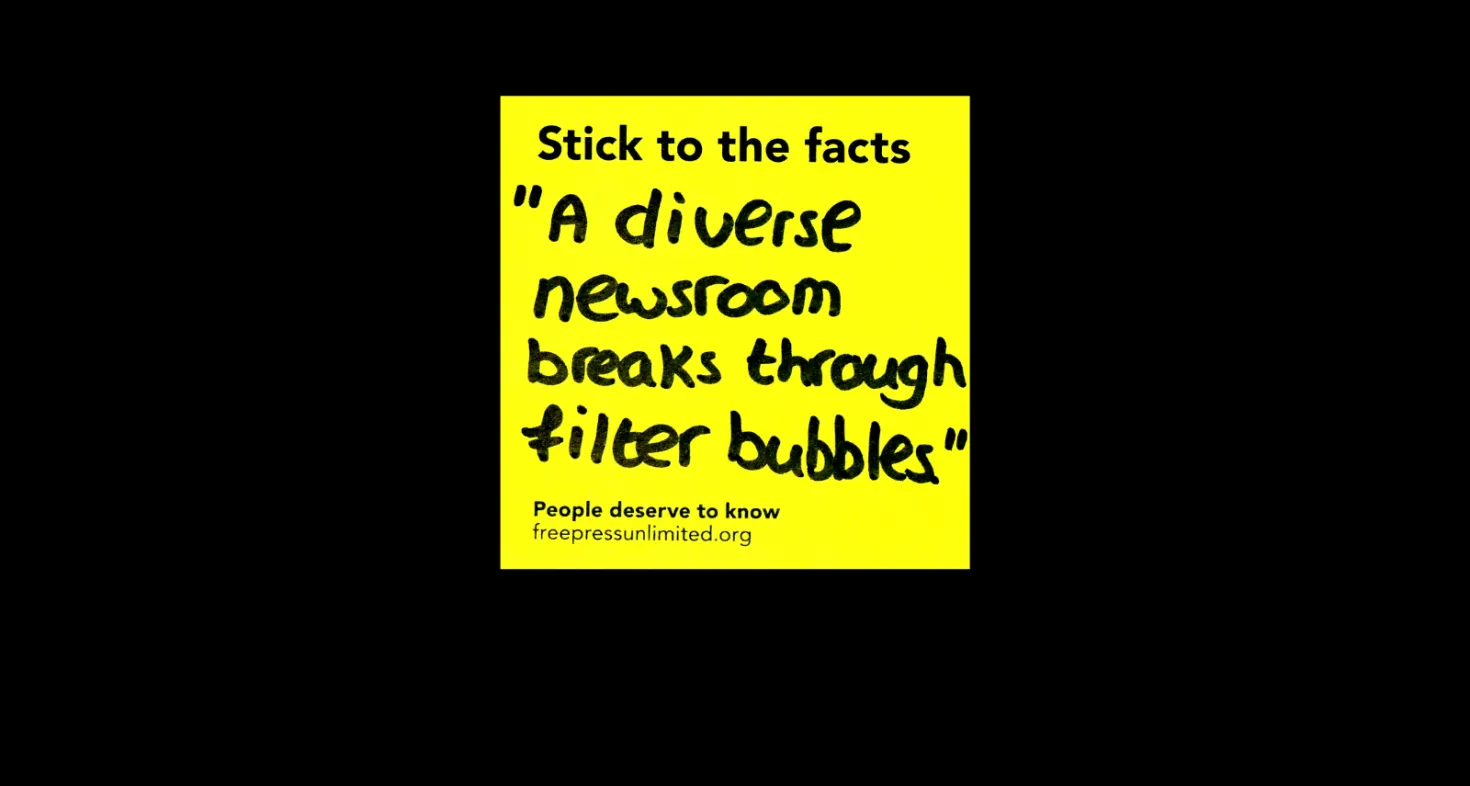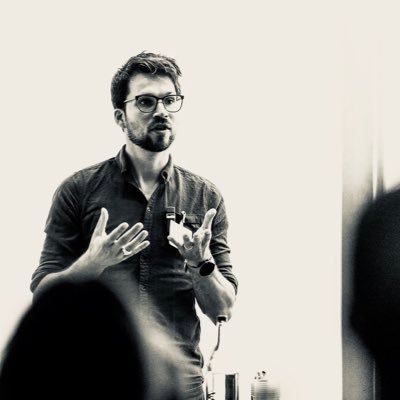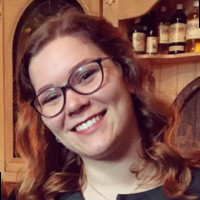
More diversity in the newsroom can improve trust in media
Berit Zandbelt, research assistant at the University of Amsterdam and master student at Utrecht University, and assistant professor Koen Leurs to the Department of Media and Culture, Utrecht University, have studied the role that journalism plays in the current infodemic era we live in.
Koen Leurs and Berit Zandbelt dived into the topic when translating the UNESCO handbook; Journalism, ‘Fake News’ & Disinformation: Handbook for Journalism Education & Training into Dutch (the English version can be read here). In a personal footnote they also shared their views on how journalism can play a role in society to combat the spread of dis- and misinformation, in particular in marginalised groups. For Free Press Unlimited’s #StickToTheFacts campaign, they share their views with us in an interview excerpt.
How do you think the exponential and far-reaching spread of accurate and inaccurate information has impacted journalism?
Berit Zandbelt: “Due to the transition from printed to online news and the new revenue model that came with that, journalists and news institutions increasingly feel forced to use Clickbait headlines and sensational reporting, but these kinds of strategies have a major impact on the representation of the people being written about.
Researchers Claire Wardle and Hossein Derakhshan have previously asserted in their studies that misinformation is on the rise, mainly because people often scan news just by reading headlines.”
Koen Leurs: “We have translated the UNESCO handbook because we see a need to train students to become critical, reflective and engaged citizens who have the skills to survive in the digital society, where artificial intelligence, datafication and algorithms have a major impact. But of course this does not only apply to students, it is relevant for everyone, especially for journalists.”
A recent Dutch study by the Dutch media Authority (Commissariaat voor de Media), revealed that while trust in news has increased in general, it has decreased among young people. What can journalism do to change this trend?
Koen Leurs: “Traditional quality journalism needs to make great strides to continue reaching younger target groups. The Covid-19 infodemic showed that social media influencers are, for example, important sources of knowledge and information for certain groups. In addition, the infodemic also showed that quality journalism is still a fairly white, masculine and middle-class domain.”
Berit Zandbelt: “A diverse newsroom is a requirement to enable journalists to make news from different backgrounds and perspectives. A diverse newsroom breaks through filter bubbles, but doesn't automatically provide a variety of perspectives and topics. An intersectional approach is needed to provide the most complete and reliable picture of a situation in reporting, and to provide these different perspectives and topics. To do this, dominant editorial cultures have to change from within.”
Inclusive reporting and a diverse and representative newsroom can increase young people's trust in the media.
Koen Leurs: “After completing the project ‘Media Literacy by creating media’, aimed at educating media and information literacy to migrant youth, I found it scientifically interesting and socially urgent to focus more on news professionals. While working with migrant youth, I learned more about how they themselves experience the often stereotypical reporting about migration. I have often observed that the Dutch understanding of media literacy has a very Western and therefore limited scope. For example, too little attention is paid to how young newcomers themselves possess diverse skills, for example to understand censorship, propaganda and surveillance during civil wars, to keep in touch with home, and to share information during protests and uprisings. I would like to pass this knowledge on to journalists, to contribute to their knowledge and awareness of diversity and inclusivity.”
What else needs to be done to increase media literacy among young people and the rest of the population?
Koen Leurs: “Investing in the media literacy of young people, but also of members of government and especially youth workers, is essential. In the Netherlands, there have been cutbacks at the municipal level that have further curtailed youth work, which truly showed during the Covid-19 infodemic when they did not have enough tools to stay in touch with young people and listen to them. Older people often know too little about the media landscape of younger generations. Young generations are experts in this, but are not always aware of the gatekeeper function of traditional quality journalism.”
Berit Zandbelt: “And there lies a task for quality journalism, to provide people with tools to tackle challenges such as disinformation and misinformation through weighted and thoroughly researched reporting.”


Parts from the article above are a republication of an article from Utrecht University, which you can find here.
